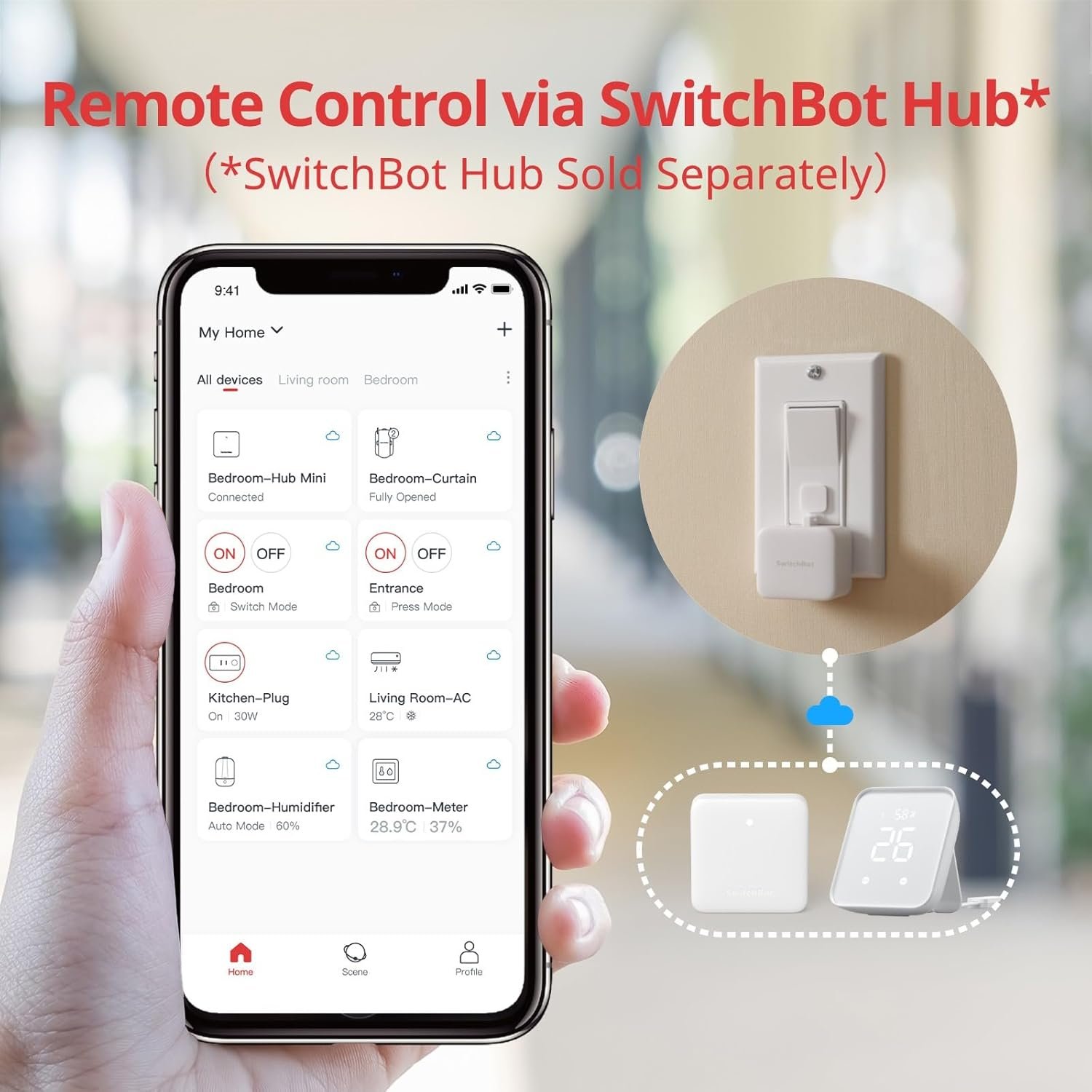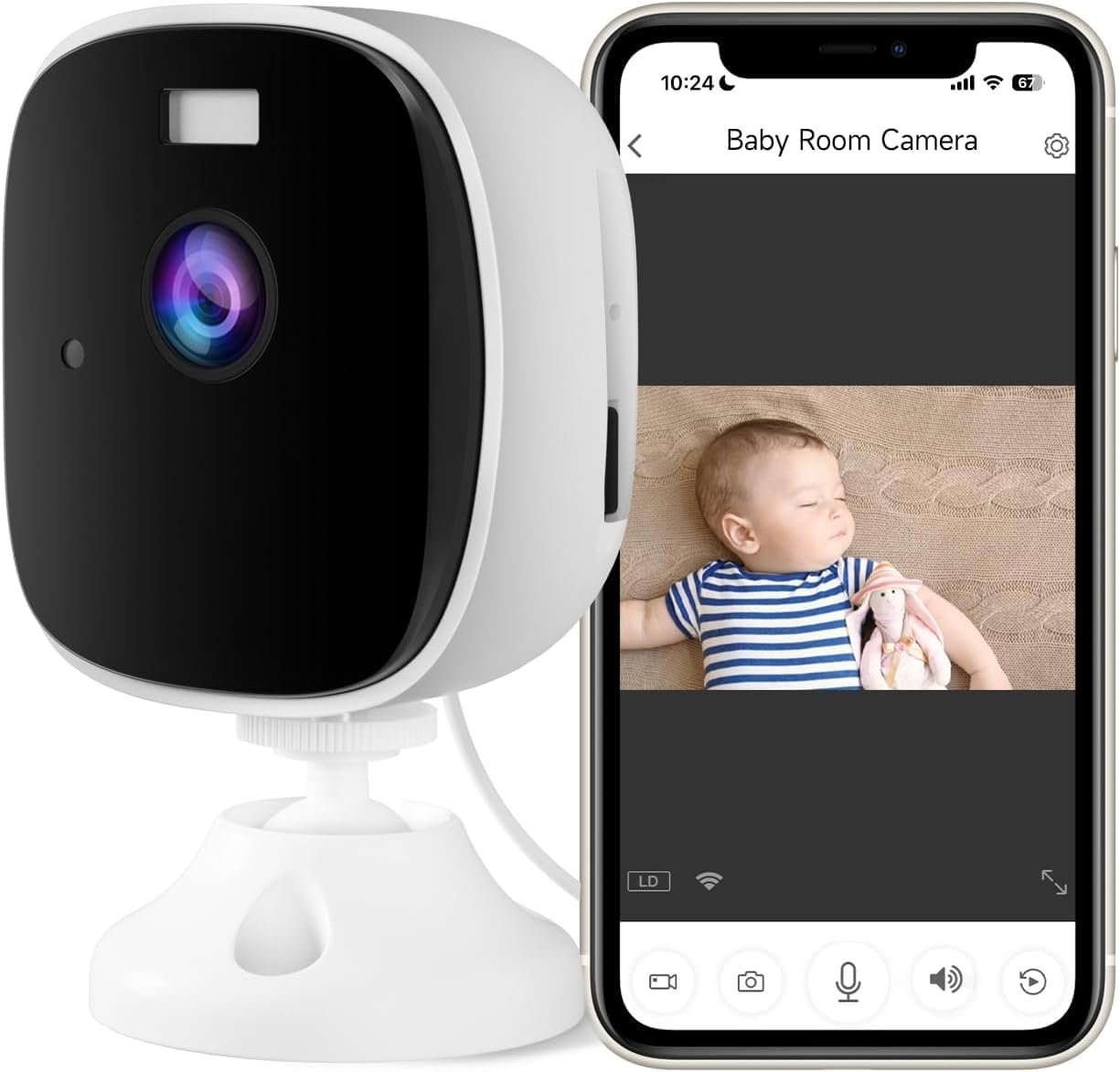Have you ever considered how technology can make your home not only more efficient but also safer? In recent years, the concept of a smart home has evolved from a tech-savvy dream to an accessible reality. Integrating smart home devices into your living space can significantly enhance security and safety, providing peace of mind for you and your family. Whether you’re a homeowner looking to upgrade, a renter seeking temporary solutions, or a tech enthusiast ready to embrace the future, smart home devices have something for everyone.
Understanding Smart Home Technology
Definition and Overview
A smart home consists of various devices connected through a network, allowing you to control different aspects of your living environment using your smartphone, tablet, or even voice commands. These devices are designed to communicate with each other and with you, creating a seamless and efficient home experience.
Smart home technology isn’t just about convenience; it also focuses on improving security and safety. By integrating smart devices, you can monitor your home remotely, receive live alerts, and maintain a secure environment.
Smart Home Devices for Security
When it comes to security, smart devices can transform your home into a fortress. From smart locks to surveillance cameras, these gadgets offer features that traditional security measures cannot match.
Smart Locks
Smart locks are a significant upgrade from traditional locks, allowing you to control your doors remotely. You can lock or unlock your doors through an app, and even provide temporary access to guests by issuing digital keys. Some models can integrate with voice assistants, granting you hands-free control. Such devices enhance security by eliminating the need for spare keys or hiding a key under the mat.
Surveillance Cameras
With smart surveillance cameras, you can monitor your property day and night, from anywhere in the world. These cameras provide live feeds directly to your phone and can alert you to any unusual activity. Many models offer advanced features like motion detection, night vision, and two-way audio, which let you see, hear, and communicate through the camera.
Smart Home Devices for Safety
Beyond security, smart home devices can keep your living environment safe from potential hazards. They can detect smoke, carbon monoxide, water leaks, and other dangers, giving you real-time alerts to prevent accidents.
Smart Smoke and Carbon Monoxide Detectors
Smart smoke and carbon monoxide detectors are designed to provide early warnings, helping you react quickly in emergencies. Unlike traditional alarms that only sound on-site, smart detectors can send alerts to your phone, even when you’re not home. This feature is particularly valuable in ensuring you can respond promptly to hazards and protect your family and property.
Water Leak Detectors
A smart water leak detector can save you from costly water damage by alerting you at the first sign of a leak. These small devices are placed near potential trouble spots like water heaters or washing machines. If they detect moisture, you’ll receive an alert on your phone, allowing you to take immediate action to prevent further damage.
Cost and Value Considerations
Investing in smart home devices often comes with an upfront cost, but the value and savings they offer over time can outweigh the initial expense. Let’s break down these aspects to help you decide if smart devices fit your needs and budget.
Installation Costs
The cost of installing smart home devices varies depending on the type and complexity of the system. Simple devices like smart plugs or lights are easy to set up, often only requiring a Wi-Fi connection and a compatible app. However, more complex systems like security cameras or smart thermostats might require professional installation, adding to the cost.
Long-Term Savings
While the upfront costs of smart devices might seem significant, they offer long-term savings through energy efficiency and potential insurance discounts. Smart thermostats can reduce energy bills by optimizing heating and cooling schedules, while insurance companies might offer lower premiums for homes equipped with advanced security systems.
Return on Investment
Smart home devices can also increase your property’s value, providing a substantial return on investment. This enhancement is particularly attractive to real estate investors or homeowners planning to sell in the future. A home with integrated smart technology often stands out in the market, appealing to tech-savvy buyers looking for modern conveniences.

Practical Setup Guides
Understanding how to set up and integrate smart home devices is crucial for maximizing their benefits. Here are some basic steps to ensure a smooth implementation.
Choosing the Right Devices
When selecting smart home devices, consider your priorities, budget, and the compatibility of the devices with your existing systems. Start by identifying areas that need improvement, whether security, energy efficiency, or convenience. Research different brands and models, comparing their features, costs, and customer reviews to find the best fit for your needs.
Step-by-Step Installation
-
Plan Your Setup: Map out where each device will be installed, ensuring proper Wi-Fi coverage and power outlets.
-
Install the App: Download the corresponding app for each device on your smartphone or tablet.
-
Connect to Wi-Fi: Follow the manufacturer’s instructions to connect the devices to your home Wi-Fi network.
-
Test the System: Once installed, test each device to ensure it’s functioning correctly. Check for connectivity issues and troubleshoot as needed.
-
Customize Settings: Adjust the settings to suit your preferences, such as alert notifications, access permissions, and automation rules.
-
Integrate with Other Systems: If applicable, integrate the devices with other systems, such as voice assistants or smart home hubs, to enhance their functionality.
Maintaining Your Smart Home Ecosystem
Regular maintenance is essential to ensure the longevity and performance of your smart home devices. Keep your software and firmware updated, and periodically check for any new features or security patches released by manufacturers.
Security and Privacy Concerns
While smart home devices offer numerous benefits, it’s important to be aware of potential security and privacy risks. Here’s how you can protect your home network and personal information.
Protecting Your Network
A secure Wi-Fi network is the backbone of any smart home ecosystem. Here are some tips to strengthen your network security:
-
Use Strong Passwords: Ensure your Wi-Fi network and all smart devices are protected with strong, unique passwords that include a mix of letters, numbers, and symbols.
-
Enable Network Encryption: Most routers offer encryption options such as WPA2, which secures the data traveling between your devices and the router.
-
Create a Guest Network: Use a separate network for your smart devices and guests to minimize unauthorized access to your main network.
Managing Privacy Settings
Smart devices often require access to personal data to function effectively. Be vigilant about managing privacy settings and data sharing permissions:
-
Review Permissions: Regularly review and manage the permissions granted to each app and device, disabling any access that seems unnecessary.
-
Check Privacy Policies: Understand how manufacturers handle and store your data by reviewing their privacy policies.
-
Regular Software Updates: Keep your devices up to date with the latest software to protect against vulnerabilities and potential breaches.

Energy Efficiency and Sustainability
Smart home devices are not just about advanced security and convenience; they also contribute to a more sustainable lifestyle by optimizing energy usage.
Smart Thermostats
Smart thermostats learn your habits and preferences to create energy-efficient heating and cooling schedules, reducing energy waste. Many models also provide insights and suggestions on saving energy, helping you lower your utility bills.
Smart Lighting
Integrated smart lighting systems can automatically adjust based on occupancy or natural light, cutting down on energy use. With remote access, you can ensure lights aren’t left on unnecessarily, reducing your carbon footprint.
Energy Monitoring Devices
Energy monitoring devices give you real-time data on energy consumption, allowing you to identify power-hungry appliances and adjust usage accordingly. By making informed decisions based on these insights, you can further enhance your home’s energy efficiency.
Compatibility and Connectivity
One of the main advantages of smart home technology is its ability to create a connected ecosystem where devices work in harmony. Understanding compatibility is key to achieving this integration.
Platforms and Hubs
When building a smart home, it’s crucial to pick a platform or hub that acts as a central control unit. Popular options include Amazon Alexa, Google Assistant, and Apple HomeKit. These platforms support a wide range of devices, ensuring they can work together seamlessly.
Voice Assistant Integration
Voice assistants like Alexa, Google Assistant, and Siri allow you to control devices hands-free. Ensure your chosen devices are compatible with your preferred voice assistant for greater convenience and functionality.
Wireless Protocols
Smart home devices use various wireless protocols, such as Wi-Fi, Zigbee, and Z-Wave, to communicate. Ensure your devices support these protocols and your home’s setup can accommodate them, allowing efficient communication and operation.
Future-Proofing and Innovation
The landscape of smart home technology is continually evolving, offering new features and innovations. Staying informed ensures your smart home remains up-to-date and future-proof.
Emerging Trends
Recent advancements include enhanced AI capabilities, improving devices’ ability to learn and predict user behavior. Additionally, the integration of renewable energy sources like solar panels with smart technology is gaining popularity.
Upgradable Devices
Look for devices that offer firmware upgrades, allowing you to benefit from new features and improvements without needing to buy new hardware. This approach helps keep your smart home relevant as technology progresses.
Interoperability Standards
The development of interoperability standards like the Matter protocol aims to simplify the integration process by ensuring devices from different manufacturers can work together. Keeping an eye on such trends can help you make informed decisions when expanding your smart home.
Conclusion
Smart home devices offer an incredible range of benefits, from enhancing security and safety to improving energy efficiency. By understanding their features, costs, and integration potential, you can make informed decisions about incorporating these devices into your living space. Whether you’re upgrading your home or just curious about the possibilities, smart technology provides innovative solutions that cater to diverse needs. Embrace the transformation and experience the convenience, safety, and efficiency of a connected home.




